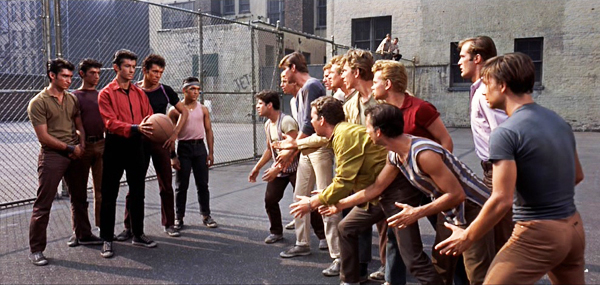Author Archives: urenak
Assignment # 2 by Kiara Urena

Our class exhibition to the Museum of Moving Image, presented an extensive evolutionary progression in the film industry that inevitably continues to expand as newer technologies are developed. In particular, the evolution in film development exemplifies the statement, “The changes that a moving image medium goes through over time have an impact on the ‘look’ of the image, and on the way it is seen by an audience.”
As film mediums have immensely improved throughout the 19th, 20th and continuing 21st century, so have the look as well as the message of a moving image. With better equipped technologies and special effects to produce moving images, a superior impact can be offered to its viewers. The audience can view a lucid image of what is trying to be conveyed. Whether or not a viewer can grasp the concept of the image at the moment, the point is to closely figure the message based upon what is shown, such as that of location, objects, places, people, era and so forth. These luxuries offered in moving images are now overlooked by the digital era that was once applaud in the production of silent films.
The development of film medium from still images to moving images was first challenged by the curiosity of a pioneer named Eadweard Muybridge in 1870. He questioned whether all of a horse’s four hooves could be off the ground during a full galloping. In order to prove his hypothesis, he aligned a row of 12 cameras with a string equally spaced along the racetrack, to record the movement of the galloping horse. The series of snapshots that trigged each camera when the string was touched revealed indeed Muybridge’s initial conclusion; all four of the horse’s feet were off the ground at the same time. An optical illusion was produced when each still snapshots of the horse’s galloping was quickly flipped, creating an optical illusion of movement. Exhibitions in the MOMI relating to this optical illusion included that of a running man in a cylinder and a double sided circle with a bird being placed in a cage. The man is seen as if he were running because of the different still motion snapshots which are than triggered when the cylinder is turned revealing an illusion of a man running. In addition, the bird being placed in a cage is another example of optical illusion. A two sided circle with the bird drawn on one side and the cage on the other is triggered when the circle is flipped constantly showing the still image of the bird belonging inside of the still image of the cage.

Assignment #3 by Kiara Urena

Acclaimed as one of Charles Chaplin major masterpieces, the film entitled “The Immigrant” produced in 1917 stars Chaplin himself as well as other immigrants in a voyage to “the land of freedom”-America. Chaplin brings to screen in an enlightened humorous way, the daunting truth behind America’s welcoming to foreigners. America was not the land of “freedom” or “opportunities” because the end of a rainbow did not produce a pot of gold nor was the grass greener on the other side; or at least not for lower class immigrants. Most lower class immigrants faced hardships on board due to: (including but not limited to) the unsanitary environment, cramped rooms, sea sicknesses, diseases, hunger and abuse. These difficulties were all interrelated to the lack of economic funds lower class immigrants dealt with. Not only did immigrants tolerate such conditions and environment on board, but once arrival to America, common obstacles immigrants faced were authority force, language barriers, American customs, and lack of employment.
Chaplin portrays the immigrants as sanguine individuals, whom push to endure chaos and undesirable conditions on board. As presented in the film, the immigrants bear with sea sicknesses, hunger, and heat conditions. Humorous scenes, such as that of the constant rocking of the boat from left to right and then right to left illustrates the notation of imbalance on the ship causing some to feel nausea and headache. Also, another issue addressed with humor, was that when Chaplin catches a bad case of hiccups from another passenger (Albert Austin). Laughter is produced in this scene because both men seemed to offset each other with hiccups. Moreover, this in reality entails how such close contact with other passengers whom are sick could have infected others rapidly.
As previously mentioned, the social and economic statues of lower, middle, and wealthy class immigrants determined the impact of perception to the land of endless opportunities. In this film, Chaplin exhibits the utter excitement of passengers sailing past the Statue of Liberty promising “new land of opportunity” in its caption. Passengers eagerly scattered around the ship’s exit but only to be tainted by the authority’s force. The authorities demanded order and alignment. The lower class immigrants were hurdled as if they were cattle’s before they could disembark the harbor and immensely checked for any signs of diseases. Coincidently, irony lies between the caption “new land of opportunity” and the treatment of authorities towards the immigrants. The need and use of force to manage foreigners disapproved the statement of such freedom actively advertised.
